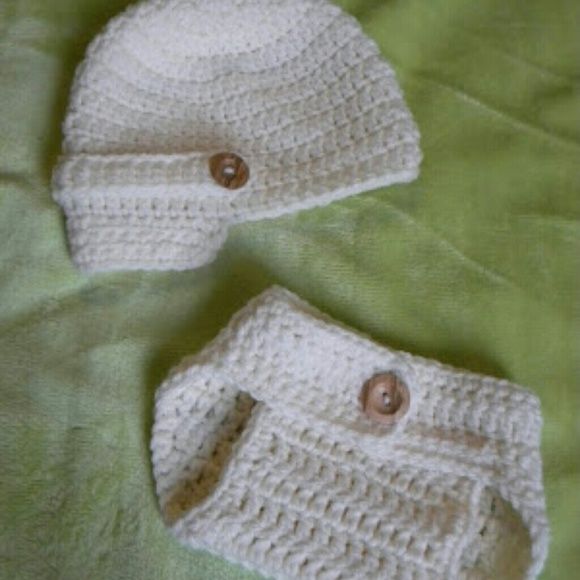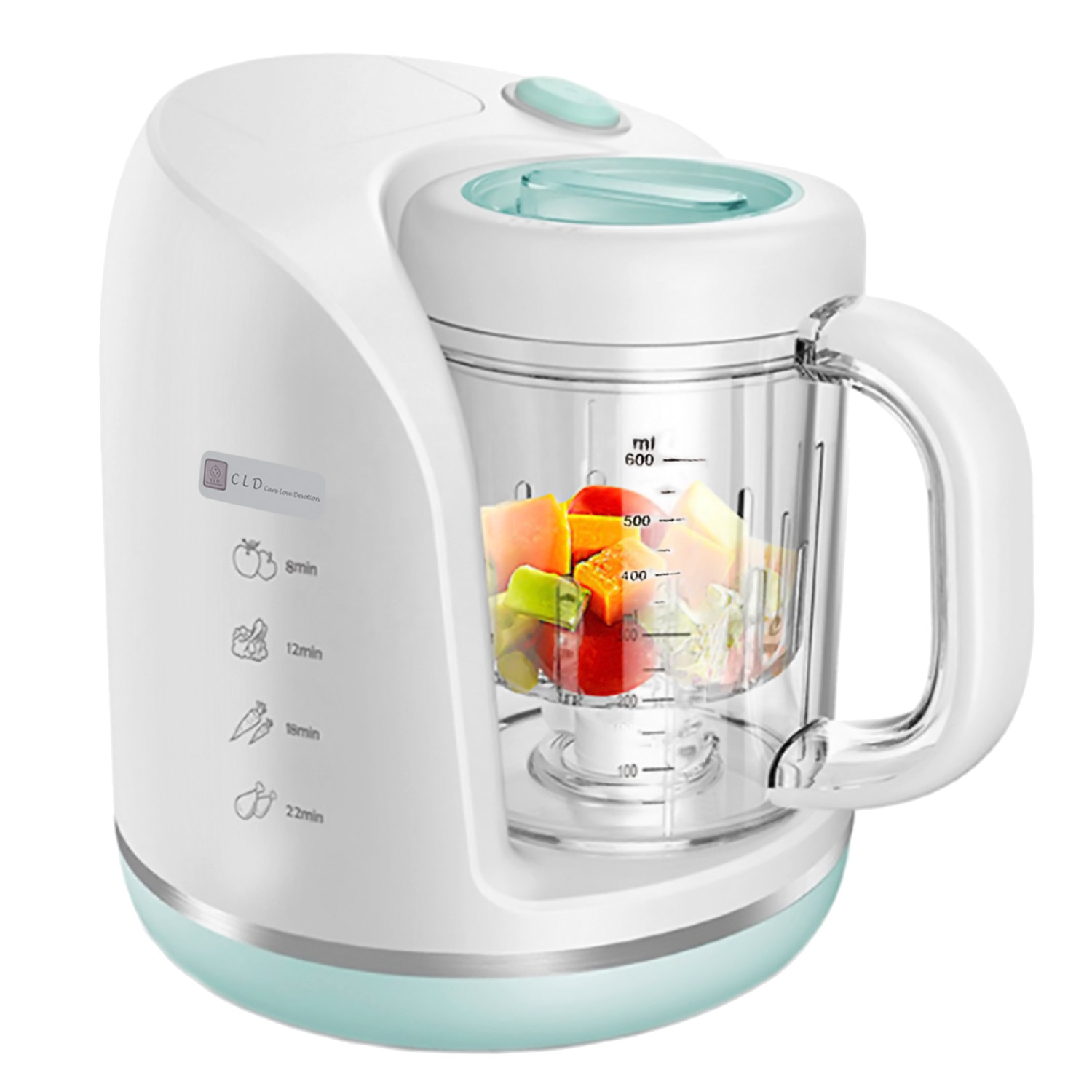Can you feed a baby bird wet dog food
| I recieved a call today from a woman in Schenectady who was brought a little baby bird (Sparrow, we think) that was just hatching from its egg. Schenectady is quite a drive from where I live so she is going to try and feed the little guy until we can find time to get the bird to me. This is a fantastic website that I used when I got my first little starling 4 years ago: http://www.starlingtalk.com/babycare.htm There they instruct you to prepare their food using dry dog/cat food that has been soaked in water until it is the consistancey of yogurt. The problem with that is the dry food needs to be ground first and I never had luck with grinding it in a blender (I got a food processer for christmas for the birds, though, and it works great). Before I had the food processer I always used canned dog food (with only a small amount of water added to keep it moist) and been successful with it. Though they say this dog/cat food is good for starlings and sparrows- it is actually good for ALL songbirds- except Doves.
On the left is one I was using for a very tiny, just hatched, baby bird- in the middle is what I am using for the older Sparrows who are feathered and hopping around- and on the right is what I a using for the Grackle (type of blackbird, bigger than the other birds). Its ok for the tip to be pointy, as long as it is rounded and has no sharp edges. When the bird gapes (opens its mouth to be fed) the food should be place into the birds throat to the right side of the birds mouth- the BIRDS right, thats YOUR LEFT. The reason for this is that is where the birds crop is located. The crop is like a food storage organ before the birds stomache. The bird will use its tongue to push the food all the way into the crop. The birds trachea is on the birds left and this is why it is important not to give water to a baby bird. It is very easy for a baby bird to accidently get the water in its lungs where bacteria will then grow and the bird will die of pneumonia. The bird will get enough water from the food you feed it. When you can see a good amount of food in the crop, you can stop feeding. Here is a photo of the tiny baby bird with a full crop: Notice this is the right side of the birds neck. The crop is almost as big as the birds head in this photo because this baby had swallowed some air and there was an air bubble in the crop along with the food. Dont feel the need to feed a baby so that its crop looks like this. If your baby does develop an air bubble, its ok. The air bubble will come up eventually, just make sure you dont overfeed him in the meantime. And here is the same bird with an empty crop (ignore the ear bubble, this baby had lots of problems and eventually passed away): You dont have to wait until the crop is completely empty before feeding again, but it should be considerably smaller than the last time you fed the bird. If you look at photos from past entries here, you will see the nests I make for the birds. I keep them in little plastic containers and line the bottom with tissues. I fold tissues into about 1"x2" rectangles and place them around the sides of the container so that when the bird poops, I can just remove that one peice of tissue and replace it. The bird will probably poop once everytime you feed it, but it may take a couple feedings before this routine gets established. Some photos of the growth of baby robins. Its amazing how fast baby birds can grow in one day!! Good luck, Ana! |
|
Hello,
I saw that you have both house sparrows and starlings. I'm hoping that you keep them all as pets instead of releasing them back into the wild. I really hope that is not the case!
I'm hoping that you keep them all as pets instead of releasing them back into the wild. I really hope that is not the case!
Anyways, everything else you do seems to be great! Great job and keep it up. I too am a lover of the outdoors and wildlife (except non-native birds)!
Thanks, Bret
|
for some reason he is have a hard time pooping he was do fine earlier to day and for last few day ive been doing what u say to feed it i left a message with a wild life place out here but never got a call back can u answer me about the poop and should i worry. .
.
This Is What To Feed Baby Birds — And How To Feed Them
If you’re wondering how to feed a baby bird, there are a few important things you need to know. Baby birds usually eat what their parents eat for dinner, since the parent has to burp its food into the mouth of its offspring. Birds cannot break down food at birth, so their parents must first partially digest the food to make it safe for chicks. Since baby birds are dependent on their parents not only for food but also for instructions on how to be a bird, it is essential that it stays with them. So, if you find a baby bird on the ground, try to bring it back to the nest rather than looking after it yourself. If you cannot return the bird to its nest, contact a rehabilitation center that can take care of it.
Contents
- Consult the experts if you think a baby bird isn’t being fed
- What to feed a baby bird
- What not to offer when feeding baby birds:
- DIY baby bird food
- How to feed a baby bird
Difficulty
Easy
Duration
15 minutes
What You Need
-
Dog or cat food, boiled eggs, or raw unseasoned liver
-
Small pieces of fruit or veggies
If you’re raising domestic birds or are licensed to take care of wild animals, however, then it’s important to know how and what to feed baby birds — and sometimes, even learn how to DIY baby bird food.
Consult the experts if you think a baby bird isn’t being fed
If you find a baby bird that does not seem to be fed, look for an hour or two to see if its parents provide food for it again. Note that the mother bird only needs a few seconds to feed its baby, so inattentive observers could miss several feeding cycles. However, if one parent bird has to look after several baby birds in different places, parental visits could be irregular. When the baby bird is fed, you can be sure that its parents have provided its needs, and there is no unnecessary intervention if the baby bird does not appear injured or sick.
Step 1: If the baby bird does not appear to be fed and becomes increasingly weak and lazy, the first step should be to find a licensed rehabilitator to provide, or guide you through, the appropriate care.
Step 2: If you have found a baby bird that needs to be fed but does not have contact with its parents or an animal rehabilitator, it is essential to know what a baby bird needs a portion of food similar to its natural diet. While each wild bird has its own diet, different types of food can serve as an emergency ration if necessary.
While each wild bird has its own diet, different types of food can serve as an emergency ration if necessary.
What to feed a baby bird
In nature, baby birds eat the same things that their parents eat: Worms, insects, and seeds. However, chicks can eat different types of food if they are taken care of by whoever found them. You could use puppy food soaked in water until it’s like a sponge. Moist dog or cat food can also be used in a jam when at room temperature. You can also use finely chopped fruits and vegetables (such as corn or peas) and even small insects.
It is equally essential to recognize that baby birds have very different nutritional needs than adult birds. What an adult bird eats can harm its young. As a baby bird grows, its diet can be adapted to more raw meat, giving them the protein that’s needed. As for water, a baby bird gets what it needs from the food it eats.
Food suitable for baby birds:
- Boiled eggs
- Moist dog food
- Wet cat food
- Raw liver (without seasoning)
What not to offer when feeding baby birds:
- Water
- Milk
- Bread and bakery products
- Kitchen waste
Unlike mammals, birds do not drink milk and their digestive systems won’t tolerate milk.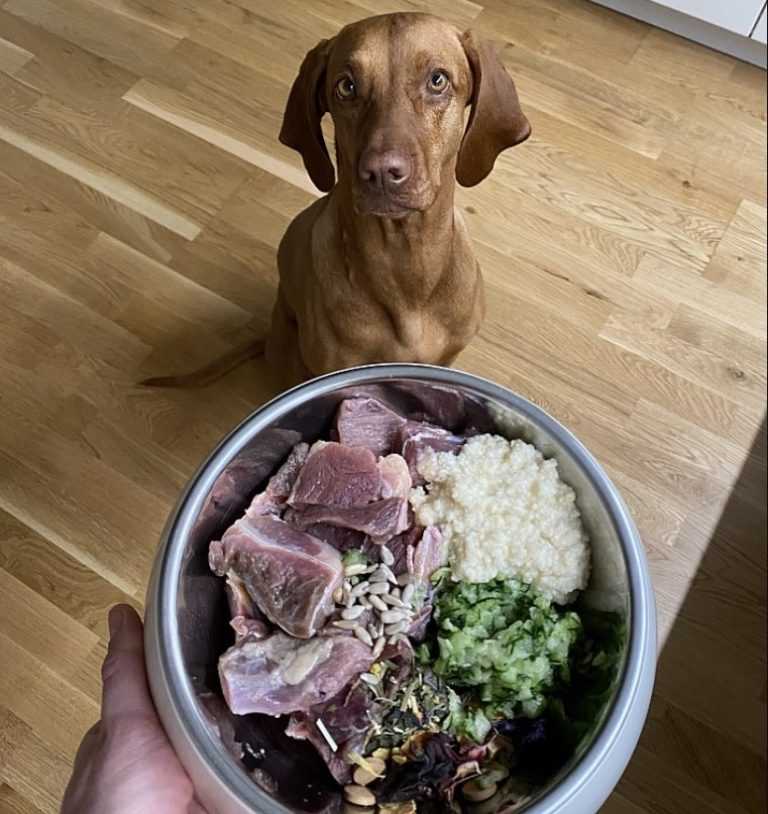 Unfortunately, it’s a common misconception that mixing together bread and milk makes for an ideal feed for baby birds. Milk can be toxic to birds, so avoid feeding it entirely.
Unfortunately, it’s a common misconception that mixing together bread and milk makes for an ideal feed for baby birds. Milk can be toxic to birds, so avoid feeding it entirely.
When a baby bird is older, it can consume ”adult” bird foods without harming itself and the longer it can stay between strokes.
Cathy Hargreaves/Shutterstock.comDIY baby bird food
One easy recipe for feeding baby birds involves just two ingredients: pet food and water.
- Soaking dog biscuits or kibble in water will create a mushy consistency that’s easy to take and digest for young birds. This mimics the texture of the food given by mama birds in the wild and is also a high-protein option, which is extra important for nestlings.
- A classic biscuit treat like Milk-Bone is ideal for recipes like these. To forgo the mixing and mashing, a canned pet food like the Cesar brand is another great option. You still might want to stir in a tiny bit of water if your bird is particularly young, though.

How to feed a baby bird
Step 1: If you need to feed a wild baby bird, remember to offer foods that have a spongy consistency instead of dripping with water, which can suffocate or drown it. All dry food should be softened before offering it.
Step 2: Food should only be offered at room temperature, never heated or refrigerated.
Step 3: Keep food pieces small and proportional to the size of the bird — tiny birds need tiny bites. Cut or crush food properly to fit the size of the bird.
Step 4: When feeding the bird, be as careful as possible to minimize the risk of additional stress or injury. Never force a bird to eat its food.
Lastly, remember that feeding a baby bird should be only an emergency measure. If one is abandoned and needs care, it should be taken by a bird-rescue organization or an experienced rehabilitator as soon as possible. They can not only feed baby birds with a diet suitable for its type, but they also teach it to live independently, avoid predators, and master other skills to live in nature successfully.
Editors' Recommendations
- Aquatic turtles: Care and feeding basics every Testudine enthusiast needs to know
- Got a scared bird? How to know when your bird is frightened and the best ways to calm it
- Do these 5 things to get rid of bird mites
- How to keep birds away from your house or yard if they’re driving you crazy
- Found an injured bird? Here’s how to help a bird with a broken wing
Can I feed my pet only wet food?
Feeding cats
February 14, 2022
1410
Contents
one What wet food to choose? 2 Wet food: the pros 3 Wet food: cons four Ideal Diet
3 minutes
estimated reading time
Cats and dogs just love wet food! Some owners perceive canned food and spiders for pets as a variety in the diet.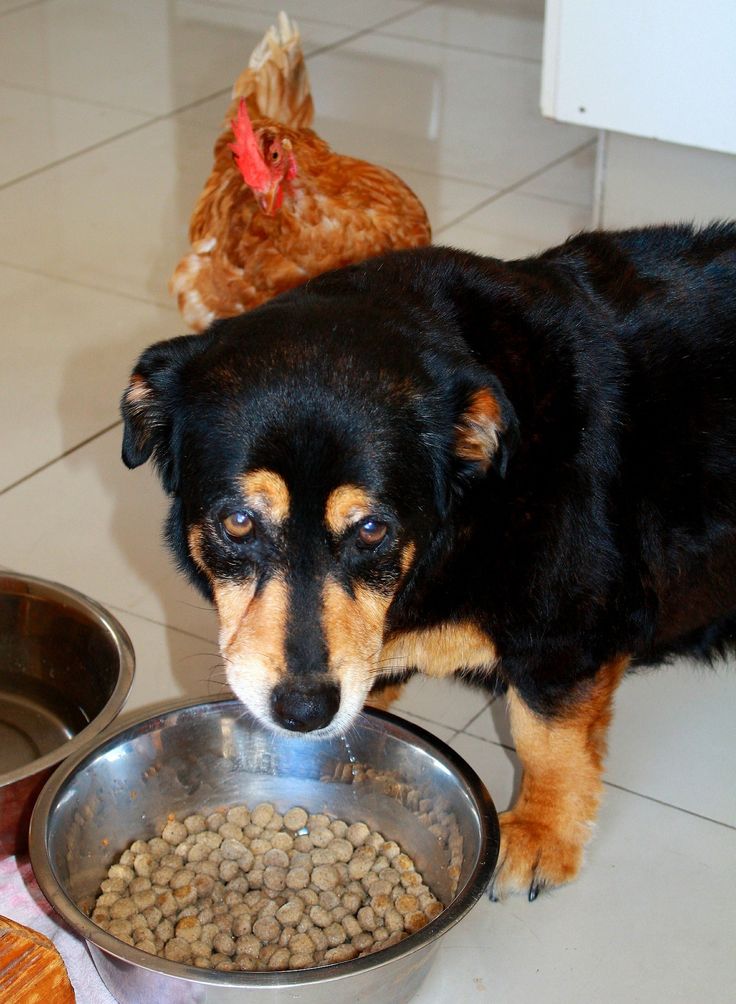 And someone is seriously thinking about completely transferring a four-legged friend to wet food. Let's talk about how to provide your pet with a balanced diet if you want to feed him only wet food. And is it worth doing it at all?
And someone is seriously thinking about completely transferring a four-legged friend to wet food. Let's talk about how to provide your pet with a balanced diet if you want to feed him only wet food. And is it worth doing it at all?
What wet food to choose?
Not all wet foods can be called complete, that is, satisfying all the pet's needs for nutrients, vitamins and trace elements. Complete wet foods are premium and super premium classes, with a corresponding mark. They can really become the main food for your four-legged friend.
Why not look for something suitable in the economy segment? Economy class feeds can use by-products and low-quality ingredients. Such food will sooner or later lead to gastrointestinal upset, a lack of vitamins and minerals, and other health problems.
Be sure to study the composition of the diet. The more specific the wording in the names of the ingredients, the less likely it is that the manufacturer is trying to hide something from you. The composition of professional feeds indicates what kind of meat and in what quantity was used in production, and meat is always in the first place in the list of ingredients.
The composition of professional feeds indicates what kind of meat and in what quantity was used in production, and meat is always in the first place in the list of ingredients.
Be sure to take into account the individual sensitivity of the pet to certain components of the feed. Discuss dietary choices with your veterinarian.
Feeding only wet food is fine as long as it is a super premium complete food or a holistic food that suits your litter. What kind of wet food is suitable? The one that the pet willingly eats and after which he feels good.
Wet food benefits
-
Wet food is perceived by dogs and cats as a more appetizing food than dry food. So the issue of reducing the appetite of a pet is solved by itself.
-
Wet cat food solves the common problem of lack of fluid in the body of your ward. For example, cats do not really like to drink water from a bowl.
 A moist diet helps maintain water balance in the body.
A moist diet helps maintain water balance in the body. -
Moist food will help out during the period of solving problems with the oral cavity or during the recovery period, with a special sensitivity of the pet's gastrointestinal tract, when he needs the most tender food.
Wet food: cons
-
Some four-legged friends get so used to an appetizing dish that when you try to feed them dry food, they stubbornly refuse it.
-
Consider the cost of food for your ward. Feeding a cat or miniature dog exclusively wet food is not the same as feeding an adult Rottweiler the same diet.
-
Not all wet foods are complete, i.e. suitable as the main food. Be careful when choosing, carefully read the information on the package.
-
Wet food has more storage requirements. It is not always possible to take it with you on the road. If the pet did not finish the serving, the leftovers will have to be thrown away.
 The warmer the room, the faster the open food spoils.
The warmer the room, the faster the open food spoils. -
Wet food does not create the necessary load on the chewing and jaw apparatus and does not clean the teeth from plaque. If dry granules help to mechanically clean the teeth, then with a wet diet, the care of regular brushing of the pet's teeth will have to be completely taken over.
Ideal Diet
Pet food manufacturers often produce both dry and wet food for dogs and cats. Why not combine them in your pet's diet, taking advantage of the benefits of each?
Products of the same brand are similar in composition, quality of components and are perfectly combined with each other. Typically, wet food is similar in composition to dry food of the same brand and is easily digestible. An example of such a duo is Gemon Cat Sterilized dry food for adult cats with chicken and turkey and Gemon Cat Sterilized turkey pate.
- The combination of dry and wet food in one diet allows you to replenish the lack of fluid in the body and maintain healthy teeth, satisfy the need for a variety of food and reduce feeding costs.

- Dry and wet food of the same brand can be mixed, but not in the same bowl. A good option would be a morning meal with only dry food and an evening meal with only wet food. Or divide the daily portion into three parts: dry food in the morning, and wet food in the middle for and in the evening.
Please note that wet food and dry food have a different calorie content. Calculate the ratio of two types of complete food so that you do not inadvertently overfeed your pet. Check the nutritional advice on the package.
Make sure your pet always has access to clean drinking water. Even the best wet food is not a substitute for drinking.
We wish your pets bon appetit and good health!
Other related articles
Combination feeding: how to do it right
How to combine wet food with dry food.
The 9 most popular questions about prepared foods
Dotting the i's.
Which food is better: dry or wet?
About correct feeding.
Advertising
Can dry and wet food be given together?
Can dry and wet food be given together? | BlitzJuly 6, 2018
With the abundance of pet foods on the market, pet owners often find it difficult to decide which pet food to choose. Not everyone can even decide on the type of food, which is better - a dry diet, canned food, or maybe all at once? Let's talk about whether it is possible to give dry and wet food together or whether it is necessary to strictly separate the feeding of different products.
What is the difference between dry and wet food?
Wet food comes in a variety of shapes, from chunks in sauce to patés and even mousses. But in fact, they all have only one significant difference: some of them are complete, that is, they include all the nutrients necessary for the animal in a balanced form, while others are offered as additional food or treats.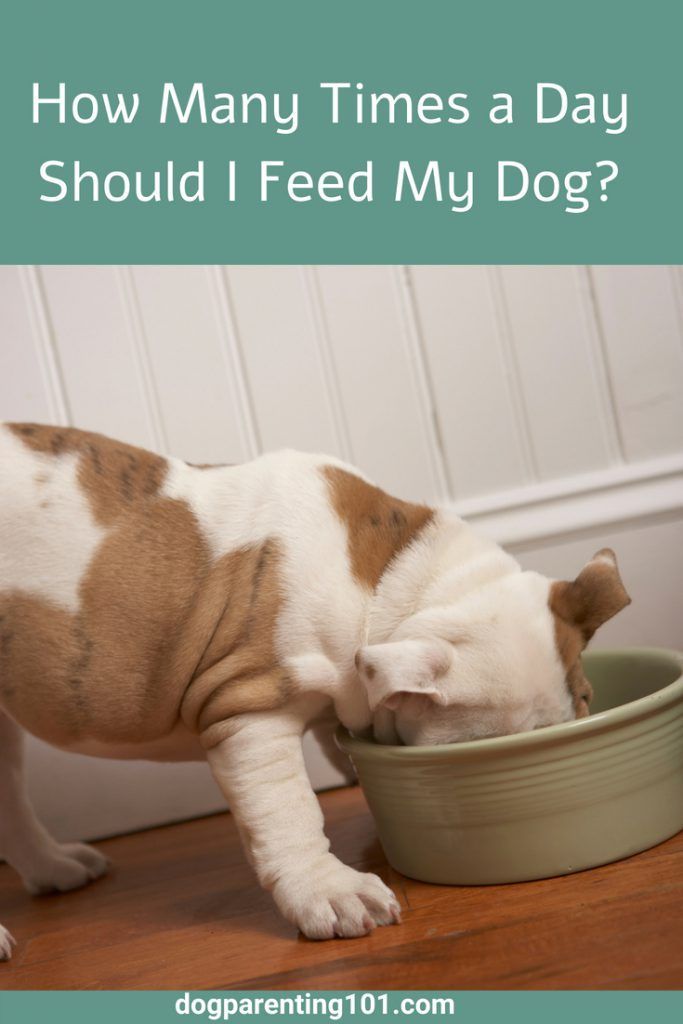
Dry foods are always complete nutrition, while wet foods created according to the same principle differ only in a significantly reduced liquid content. High-quality dry and wet foods are digested equally well, even if they are mixed with each other, and the idea of some different enzymes that are required for this is nothing more than a myth.
The secretion of certain enzymes depends solely on the composition of the food, as required by the substances that come with it (proteins, fats, carbohydrates), and the body itself regulates the amount of water needed for digestion. If there is a lack of liquid, he will extract it from his reserves; if there is an excess, he will remove the excess without harm to digestion.
So, if you have chosen dry and wet food balanced in composition for your pet, then his nutrition will be complete, but you should still pay attention to a few significant nuances.
Is it good to give dry and wet food together?
So, is it possible to give dry and wet food to one animal as part of his daily ration? Yes. The question is how to give. Here there are the following options, common among the bulk of the hosts.
The question is how to give. Here there are the following options, common among the bulk of the hosts.
- Give dry food as the main diet, but sometimes treat your pet with a “juicy jar”. This approach cannot be considered harmful to the body, only if you reduce the rate of dry food accordingly.
- Feed as much dry food as you like (fill a bowl that the animal does not finish eating during the day) and add a daily portion of wet food to this at each feeding. Unfortunately, such a diet will very quickly lead to overeating and, probably, obesity in the pet.
- Feed a certain portion of wet food at each feeding by proportionally reducing the portion of dry food. This is the best option. Many manufacturers that produce various types of diets even indicate the ratio of dry food to canned food that is acceptable to use when feeding a pet.
- Feed as needed, alternating wet and dry food of different brands, without worrying about the quality of the rations.
 This option is highly undesirable, because any pet should receive a balanced diet, without significant differences in composition. Such a diet can lead to overeating, nutritional deficiencies, and digestive disorders.
This option is highly undesirable, because any pet should receive a balanced diet, without significant differences in composition. Such a diet can lead to overeating, nutritional deficiencies, and digestive disorders.
Mixing dry and wet food correctly is not always easy. Sometimes animals react badly to such food, sometimes they begin to prefer canned food and refuse dry food. If any problems begin when mixing feed, it is best to completely stop such a practice. A good complete dry food is able to fully meet the needs of the pet, and he does not need any supplements.
But if the pet eats dry food and canned food well, he has good digestion and coat condition, he is energetic and eats the whole portion with pleasure, then in this case mixing dry and wet food is quite possible.
Share
Contacts
Online store
We accept orders and ship BLITZ feed to all regions of the Russian Federation. Managers of the department will quickly and efficiently take your order and implement its delivery.
Opening hours:
Monday - Friday: from 8.00 to 16.30
Saturday and Sunday are days off.
Online ordering - around the clock
Phones: +7 (495) 734-99-58
Terms of delivery and payment
To kennels
Nursery department accepts orders and delivers BLITZ food to kennel owners, breeders and clubs.
Managers of the department will quickly and efficiently accept your order and answer questions about discounts, gifts and delivery.
E-mail: [email protected]
Tel: (495) 734-99-58
Veterinary specialists
recommendations for choosing products. You can send your questions to the veterinarian of our company by email: [email protected]
Opening hours from 8.30 to 17.00
Tel/Fax: (495) 734-99-58
Also write to us at [email protected]
Sales Department
Sales Department accepts orders and delivers BLITZ feeds to all regions of the Russian Federation for wholesale customers, retail and chain pet stores.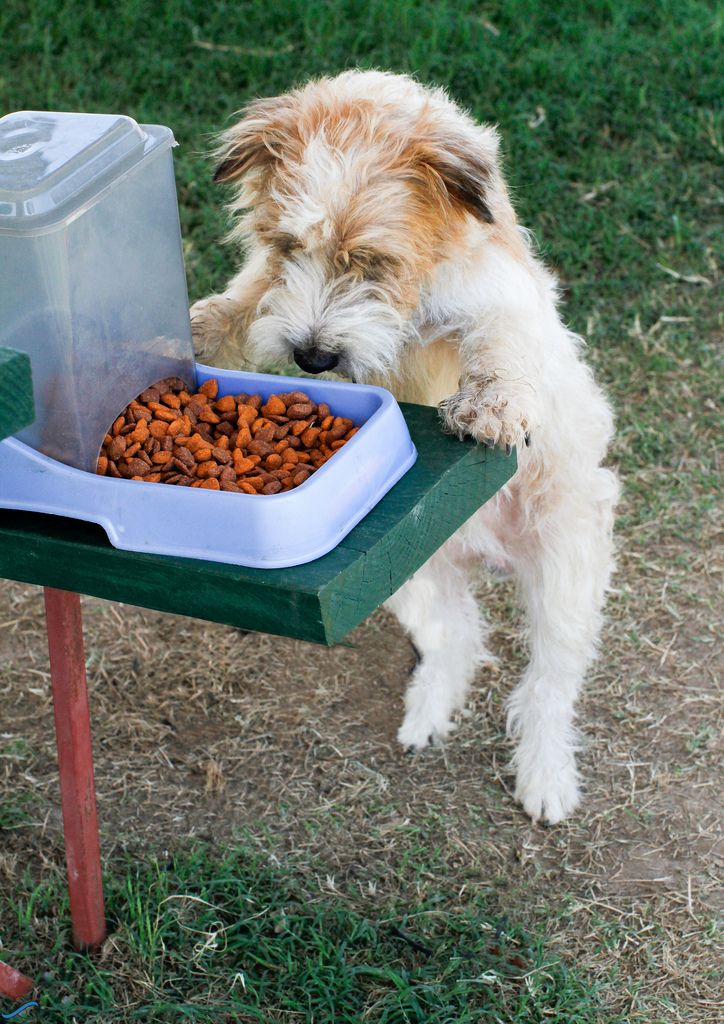


 Many websites will tell you that the bird will stop gaping when its eaten enough, but this is not true for all birds. House sparrows will keep gaping for food and if you feed them too much their crops could get damaged.
Many websites will tell you that the bird will stop gaping when its eaten enough, but this is not true for all birds. House sparrows will keep gaping for food and if you feed them too much their crops could get damaged. 







